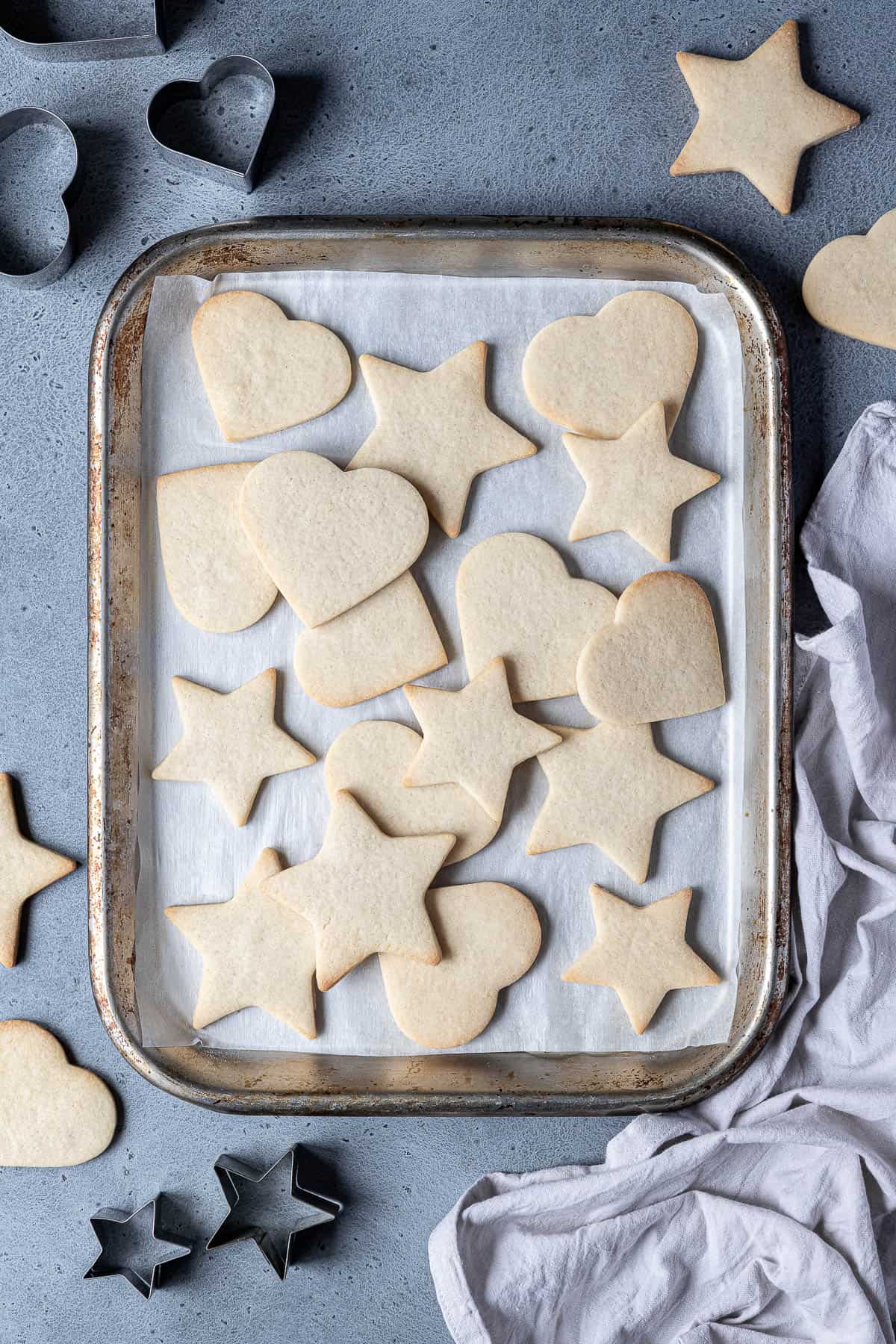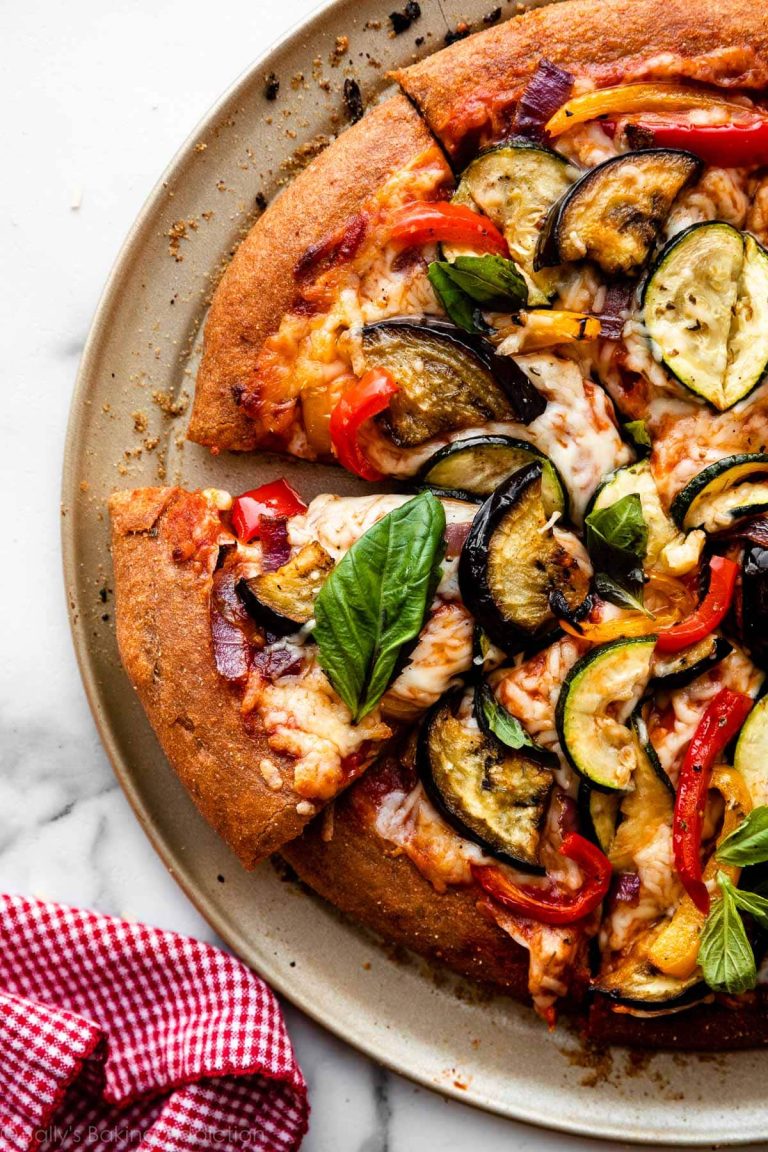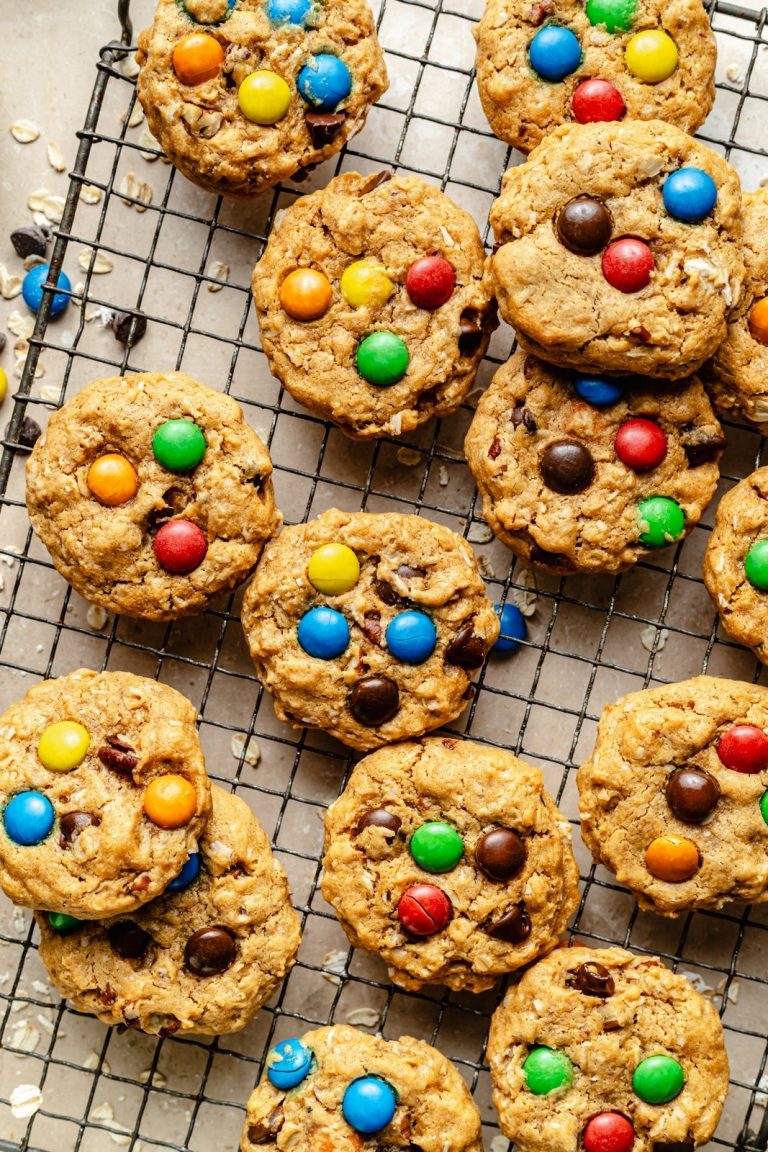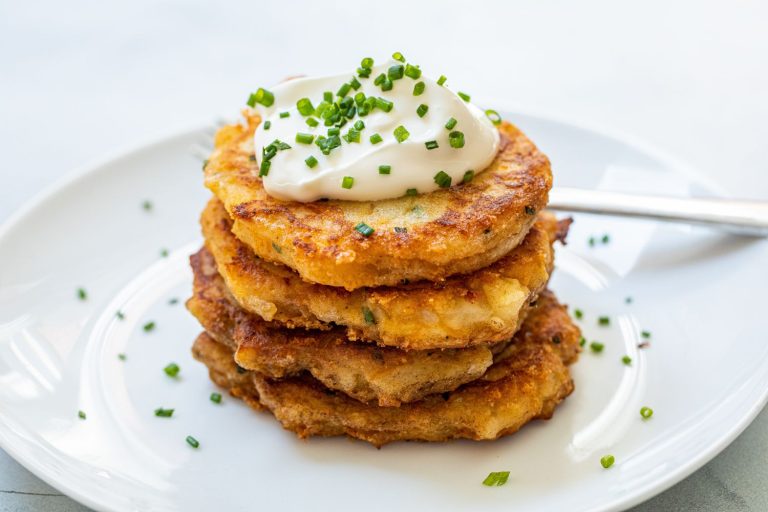Shaped Vanilla Cookies: Delicious History, Recipes, and Decorating Tips for the Perfect Treat
Shaped vanilla cookies date back to early European baking traditions. By the 16th century, bakers in Germany and Austria started crafting these treats for religious and festive occasions. Initially, they used simple shapes like hearts and stars, but as techniques advanced by the 18th century, more intricate designs appeared. Old-world recipes often included hints of nutmeg or almond, enhancing the flavor profile. Over time, shaped vanilla cookies evolved into a staple for holidays, particularly Christmas. The introduction of cookie cutters in the 19th century revolutionized home baking by making it easier to create uniform shapes.
Cultural Significance
Shaped vanilla cookies carry cultural importance worldwide. In Germany, they’re known as “Butterplätzchen” and are a Christmas classic. In the US, they feature prominently during holidays like Halloween, Thanksgiving, and Christmas, with shapes reflecting each occasion. They’re not only about taste but also about tradition, as families often come together to bake and decorate the cookies. These cookies symbolize joy and festivity, transcending age and culture. Celebrations and festivals serve as both an occasion and a catalyst for baking shaped vanilla cookies, embedding them deeply into various cultural practices.
Ingredients and Preparation
Key Ingredients for Vanilla Flavor
To create shaped vanilla cookies, you’ll need several key ingredients. Use high-quality vanilla extract (2 teaspoons) to ensure rich flavor. Include unsalted butter (1 cup), softened to room temperature, for a smooth dough. Granulated sugar (1 cup) adds sweetness and structure. Eggs (2 large) act as a binding agent, helping to combine the ingredients. All-purpose flour (3 cups) provides the main structure for the cookies. Baking powder (1 teaspoon) adds a slight rise, ensuring they hold their shape. Finally, a pinch of salt (1/2 teaspoon) enhances the overall flavor by balancing the sweetness.
Steps to Making Shaped Cookies
First, cream the butter and sugar until light and fluffy, usually 3-4 minutes. Then, add the eggs and vanilla extract, mixing until fully incorporated. In a separate bowl, whisk together the flour, baking powder, and salt. Gradually add the dry ingredients to the wet mixture, blending until a smooth dough forms. Wrap the dough in plastic wrap and refrigerate for at least 1 hour.
Once the dough is chilled, preheat your oven to 350°F (175°C). Roll out the dough on a floured surface to about 1/4-inch thickness. Use cookie cutters to create your desired shapes, transferring them to a parchment-lined baking sheet. Bake for 8-10 minutes or until the edges are lightly golden. Let the cookies cool on the baking sheet for 5 minutes before transferring them to a wire rack to cool completely.
Popular Varieties of Shaped Vanilla Cookies
Seasonal Shapes and Designs
Seasonal shapes and designs often include popular motifs like Christmas trees, snowflakes, and gingerbread men during the winter holidays. During Easter, shaped vanilla cookies may feature bunnies, eggs, and chicks. In autumn, pumpkins, leaves, and acorns are common designs. These shapes not only enhance the visual appeal but also bring a festive atmosphere to gatherings.
Innovative Shapes and Custom Orders
Innovative shapes and custom orders cater to unique events and personal preferences. Special occasions like weddings may have shaped vanilla cookies in the form of hearts, rings, or initials. For children’s parties, themes can include cartoon characters, animals, or sports equipment. Custom orders enable bakers to create specific designs tailored to client requests, offering endless possibilities for personalization.
Tips for Perfect Shaped Vanilla Cookies
Achieving the Ideal Texture
Ensure the ideal texture for shaped vanilla cookies by using room-temperature butter. Room-temperature butter blends smoothly with sugar, creating a creamy base. Measure flour accurately with a scale for consistent results. Adding too much flour can make cookies dense; too little can cause them to spread.
Chill the dough for at least one hour. Chilled dough retains shape during baking. Roll out the dough on a lightly floured surface to prevent sticking. Aim for an even thickness of 1/4 inch for uniform cookies. Ensure the surface is smooth and even before cutting shapes.
Bake cookies on parchment paper or silicone baking mats. These materials help distribute heat evenly and prevent burning. Monitor baking time closely; remove the cookies as edges turn golden. Overbaking results in crunchy texture rather than the desired soft, tender texture.
Decorating and Presentation Ideas
Enhance shaped vanilla cookies with royal icing for intricate, washable designs. Use food coloring gels for vibrant colors without altering icing consistency. Piping bags with fine tips offer precision when outlining or detailing.
Add edible glitter or luster dust for a sparkling effect. These add a festive touch suitable for holiday-themed cookies. Sprinkles and colored sugars add texture and color; use different shapes and sizes for variety.
Arrange cookies on themed platters or in decorative tins for presentation. Group cookies by shape or color for visual appeal. Consider adding ribbons or tags for gifts. Creating sets of matching designs enhances the impact for special occasions like weddings or birthdays.
Health and Nutritional Considerations
Calorie Content and Serving Sizes
Understanding the calorie content and serving sizes of shaped vanilla cookies helps you make informed dietary choices. On average, a standard shaped vanilla cookie contains around 80-100 calories, depending on the size and additional ingredients like icing or sprinkles. A typical serving size is one to two cookies, which allows for enjoying these treats in moderation as part of a balanced diet.
Gluten-Free and Vegan Options
For those with dietary restrictions or preferences, gluten-free and vegan options for shaped vanilla cookies are available. Gluten-free variations use alternative flours such as almond flour or gluten-free all-purpose flour, ensuring the same delightful taste and texture without the gluten. Vegan recipes replace butter with plant-based margarines and eggs with flaxseed or chia seed gels, making it possible to enjoy these cookies without animal products. Explore these options to cater to various dietary needs and preferences while indulging in delicious shaped vanilla cookies.
Conclusion
Shaped vanilla cookies are more than just a delicious treat; they’re a symbol of tradition and togetherness. Whether you’re baking them for a holiday celebration or simply to enjoy with family and friends, these cookies bring joy and warmth to any occasion. With essential ingredients like vanilla extract, butter, and sugar, and a few easy steps, you can create beautifully decorated cookies that everyone will love.
Don’t forget the tips for achieving the perfect texture and appearance. And for those with dietary restrictions, gluten-free and vegan options ensure no one misses out on these delightful treats. So gather your ingredients, roll up your sleeves, and get ready to create memories with shaped vanilla cookies.






